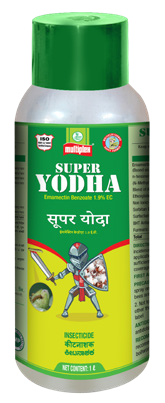Cotton is the most important commercial crop globally, often referred to as "white gold". Cotton in India is grown in three distinct agro-ecological regions: the northern region (Punjab, Haryana, and Rajasthan), the central region (Gujarat, Maharashtra, and Madhya Pradesh), and the southern region (Andhra Pradesh, Tamil Nadu, and Karnataka).
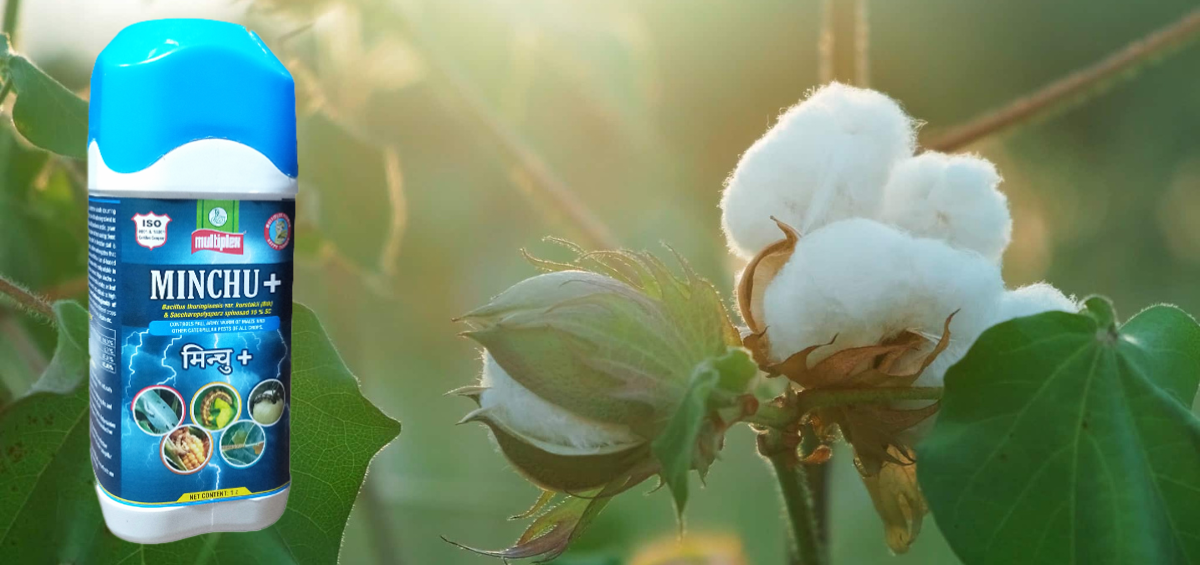
In recent years, pink bollworm attack on cotton has emerged as a major problem in many areas in India. Due to whose attack, about 30 to 50 percent of the crop is damaged.
Infestation of pink bollworm occurs in the middle and late stages of the crop. Pink bollworm cause damage by hiding inside the pod parts and staying away from light, due to which it is difficult to identify the damage caused by this insect, and the crop suffers more damage.
Pink bollworm (Pectinophora gossypiella) is a pest found in cotton cultivation. It is a small underground insect. Pink bollworm is an insect that is active at night and becomes very active in humid environment. The special thing is that this insect persists till the last stage of the crop.
Female caterpillar lay eggs on cotton bolls and when the larvae hatch from the eggs, they start causing damage to the bolls by eating them. They chew cotton fiber and consume seeds as their food.
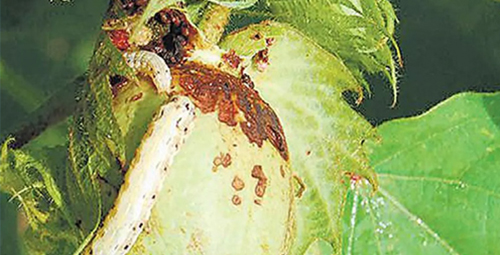
The adult moth is a small, slender, gray moth with mottled wings. The larva is a dull white caterpillar with eight pairs of legs, with distinct pink stripes on its torso. The larvae can be up to half an inch long.
The eggs are pale pink and purple in color and are often found on newly developed leaves and buds. In the initial stage the color of the strands is white, which later turns pink. The length of fully developed strands is 10 to 12 mm, it occurs.
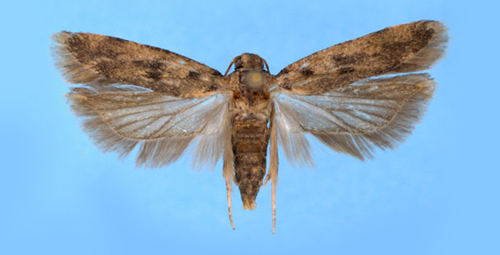
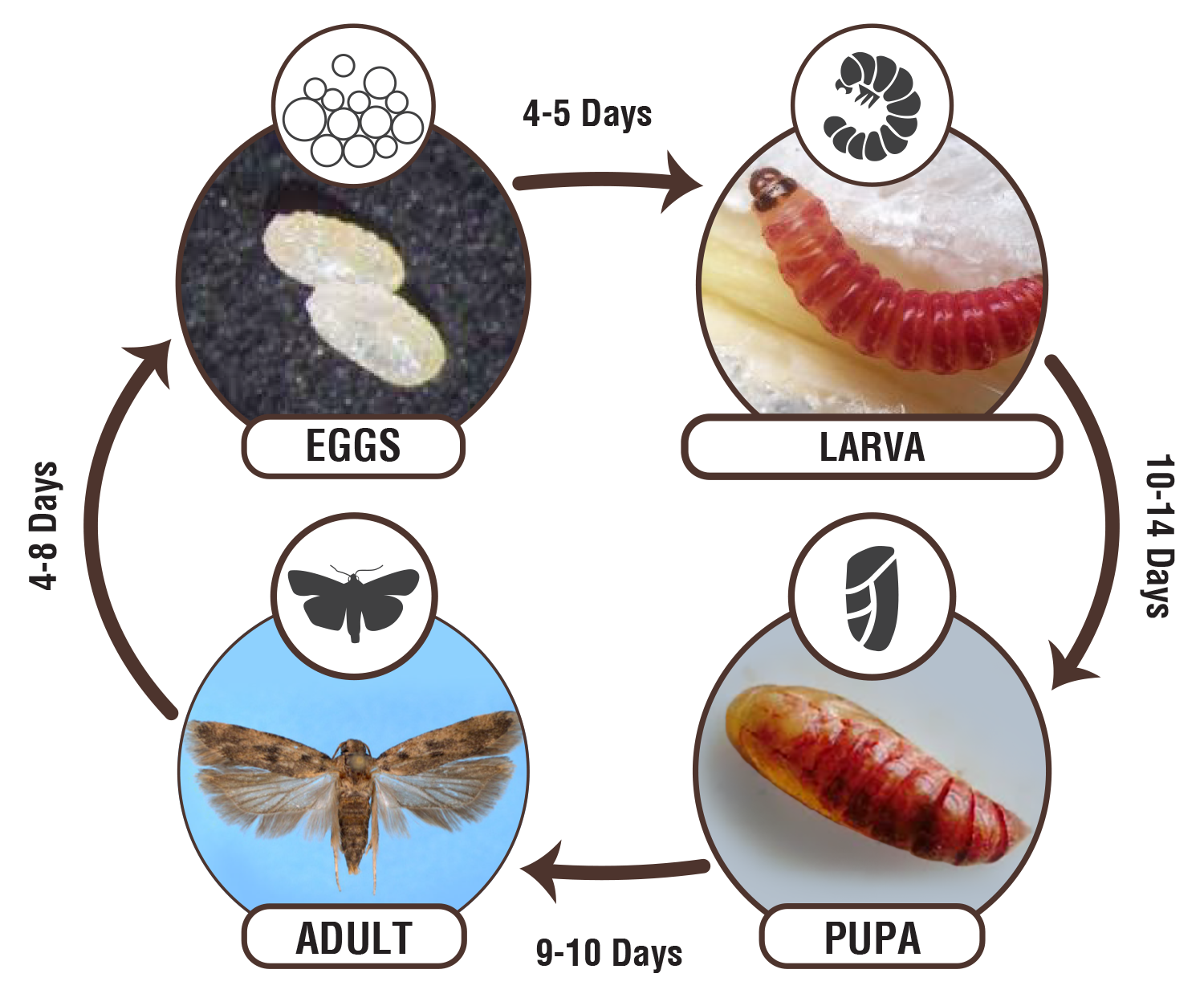
Use Minchu Plus, Minchu Plus is a mixture of two naturally occurring microorganisms and their metabolites. One of which is Bacillus thuringiensis kurstaki (BTK), a soil-borne aerobe and the other active component is Saccharopolyspora spinosa, a soil-borne actinomycete, which kills insects by acting as a neuro-toxin.
It is mainly effective in getting rid of leaf-chewing insects and bollworm. It is a very effective insecticide, especially against pink bollworm in cotton and fall armyworm in maize crops.
Mix 2 to 3 ml of Multiplex Minchu+ in one liter of water and spray on both sides of the leaves. We recommend 2 to 3 sprays. The first spraying of Minchu+ should be done as soon as the newly born larvae are seen. Next spray should be done at an interval of 10-15 days
Use Pink-B (Pheromone Trap) for better Control of Pink Bollworm.
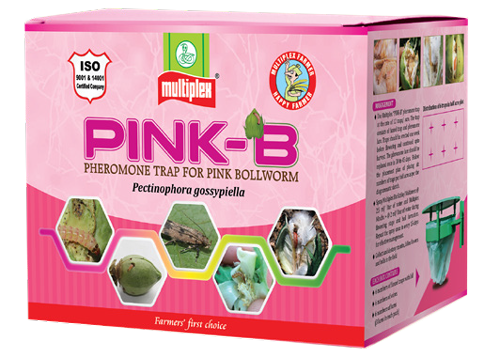
Use of Multiplex Super Yodha at the rate of 500 g/acre.
